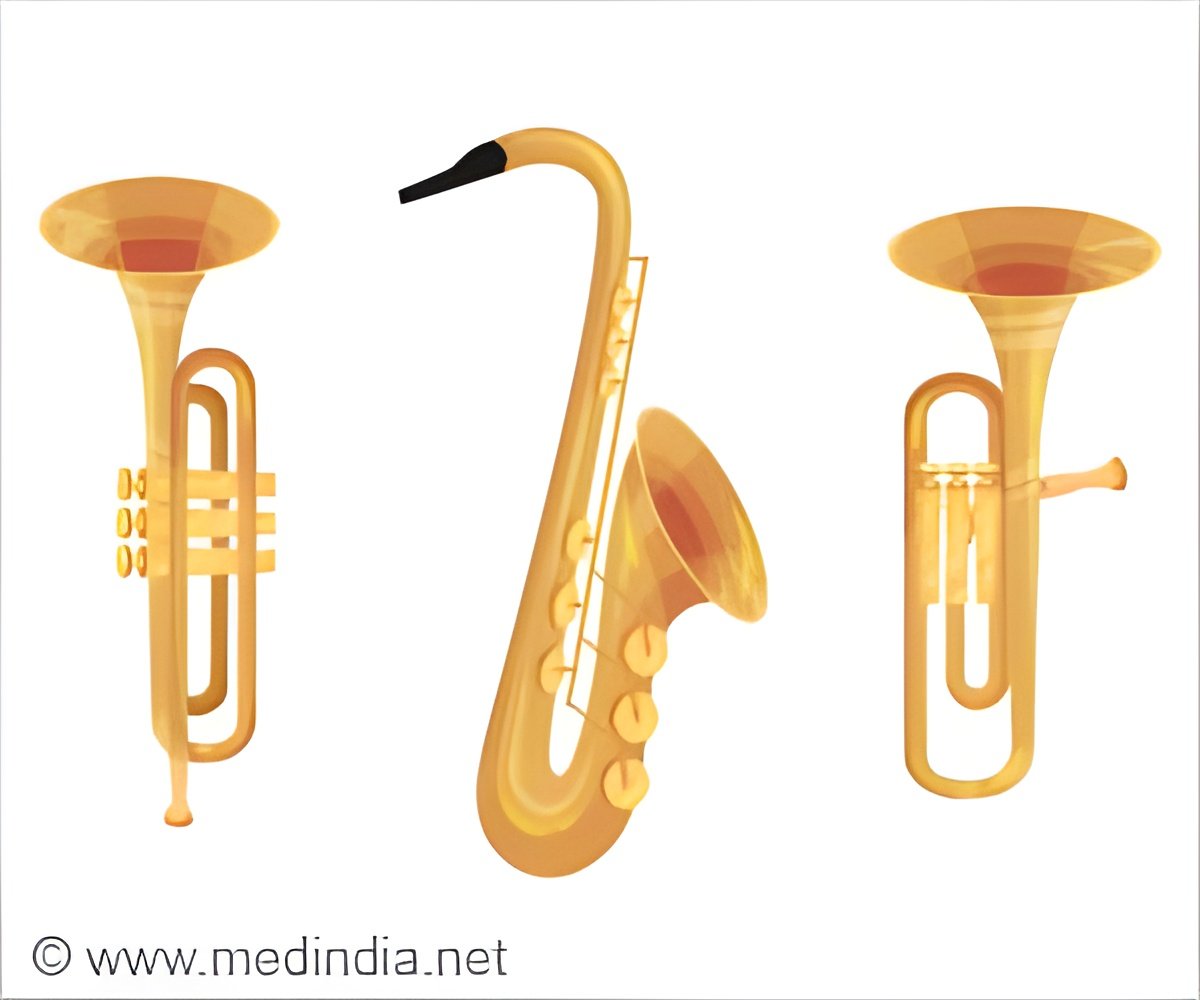Masks and bell covers can cut down 50% to 75% of particles coming out of the mouth or instrument.

Particle Emissions from Wind Instruments
Early in the pandemic, CSU engineers led by Professor John Volckens teamed up with musicians and performers to try and quantify respiratory particle emissions from various activities like singing and music playing. They sought to provide insight into how much performance arts could spread COVID-19 and inform safety measures moving forward.TOP INSIGHT
Masks and bell covers can cut down 50% to 75% of particles coming out of the mouth or instrument.
A previous analysis looked at emissions from singing and was published in 2021. The papers are co-authored by Dan Goble, Director of the CSU School of Music, Theatre and Dance.
The researchers used a cutting-edge aerosol measurement chamber and recruited volunteers to perform in it while aerosol emissions from themselves or their instruments were analyzed. For the study of the instruments, they had 81 volunteer performers of both sexes and of varied ages – between 12 and 63. The volunteers played wind instruments, including the bassoon, clarinet, French horn, oboe, piccolo, saxophone, trombone, trumpet and tuba.
According to the research, brass instruments, on average, produced 191% more aerosols than woodwinds. The researchers’ highest particle counts of brass-playing were even higher than their highest results from singers in their previous study, by nearly a factor of four.
The researchers think that being male was also associated with a 70% increase in emissions from an instrument playing, probably due to lung size and capacity.
The researchers also took measurements with performers using bell covers in an attempt to mitigate the particle spread, which seemed to work. The use of bell covers reduced emissions from trombone, tuba and trumpet players, with average reductions of 53-73%, but not for oboe or clarinet.
“The data suggest that masks and bell cover to cut down half to 75% of particles coming out of the mouth or instrument,” Volckens said. “And the reason blue surgical masks or bell covers don’t work better is that they’re just not a tight fit. These devices don’t achieve an N95 level of protection.”
He also said that “if we could make N95s for instruments,” it would likely help reduce emissions from brass instruments, but not from woodwinds because those instruments have too many escape holes before the bell. A single-exit instrument like a trumpet is easier to control with protective measures.
This study, and previous ones like it, confirm what the researchers suspected: At the start of the pandemic, particularly before the advent of vaccines, shutting down performing arts in the name of safety likely saved lives.
“I really want to honor them by acknowledging that decision and the economic and mental hardships that followed,” Volckens said. “Thank you for making a really hard sacrifice on our behalf.”
Source-Eurekalert
 MEDINDIA
MEDINDIA




 Email
Email










